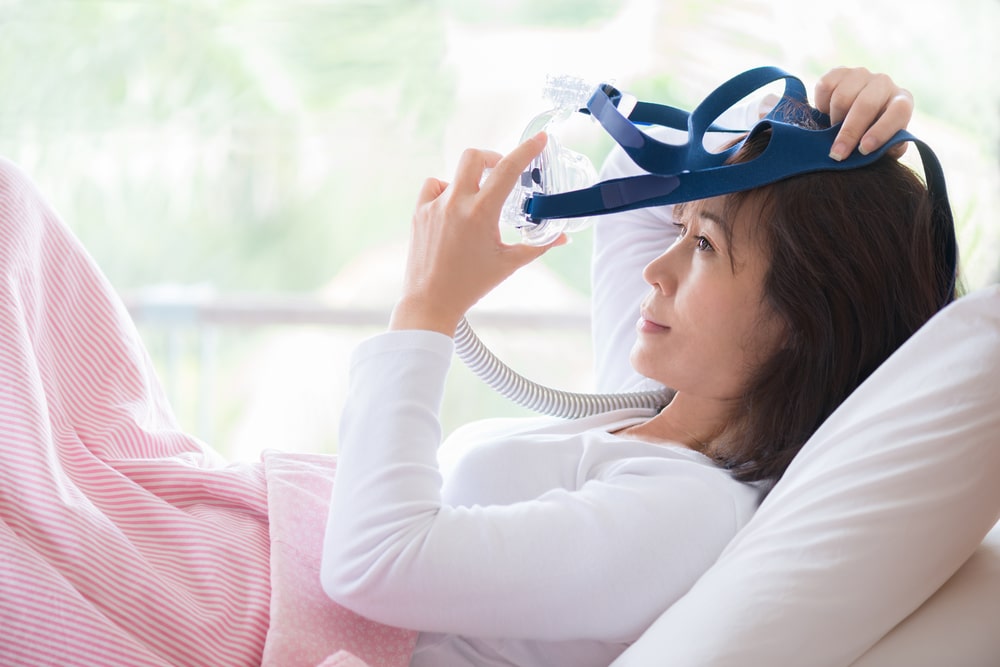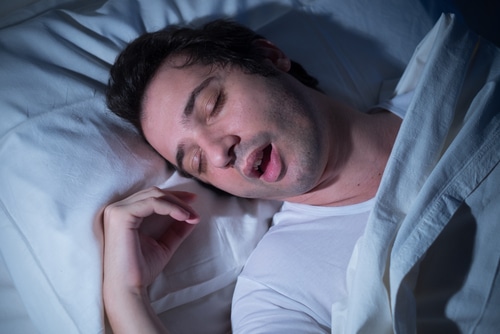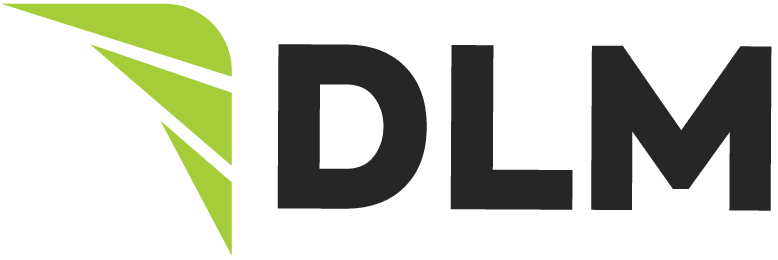When loud snoring is interrupted by frequent episodes of totally obstructed breathing, it is known as obstructive sleep apnea. Serious episodes last more than ten seconds each and occur more than seven times per hour. Apnea patients may experience 30 to 300 such events per night. These episodes can reduce blood oxygen levels, causing the heart to pump harder.
The immediate effect of sleep apnea is that the snorer must sleep lightly and keep his muscles tense in order to keep airflow to the lungs. Because the snorer does not get a good rest, he may be sleepy during the day, which impairs job performance and makes him a hazardous driver or equipment operator. After many years with this disorder, elevated blood pressure and heart enlargement may occur.

Can Heavy Snoring be Cured?
Heavy snorers, those who snore in any position or are disruptive to the family, should seek medical advice to ensure that sleep apnea is not a problem. An otolaryngologist will provide a thorough examination of the nose, mouth, throat, palate, and neck. A sleep study in a laboratory environment may be necessary to determine how serious the snoring is and what effects it has on the snorer’s health.
Snoring Treatment
Treatment depends on the diagnosis. An examination will reveal if the snoring is caused by nasal allergy, infection, deformity, or tonsils and adenoids.
Snoring or obstructive sleep apnea may respond to various treatments now offered by many otolaryngologist-head and neck surgeons:
- Uvulopalatopharyngoplasty (UPPP) is surgery for treating obstructive sleep apnea. It tightens flabby tissues in the throat and palate, and expands air passages.
- Laser Assisted Uvula Palatoplasty (LAUP) treats snoring and mild obstructive sleep apnea by removing the obstruction in the airway. A laser is used to vaporize the uvula and a specified portion of the palate in a series of small procedures in a doctor’s office under local anesthesia. Radiofrequency ablation—some with temperature control approved by the FDA—utilizes a needle electrode to emit energy to shrink excess tissue to the upper airway including the palate and uvula (for snoring), the base of the tongue (for obstructive sleep apnea), and nasal turbinates (for chronic nasal obstruction).
- Genioglossus and hyoid advancement is a surgical procedure for the treatment of sleep apnea. It prevents a collapse of the lower throat and pulls the tongue muscles forward, thereby opening the obstructed airway.
If surgery is too risky or unwanted, the patient may sleep every night with a nasal mask that delivers air pressure into the throat; this is called continuous positive airway pressure or “CPAP”.
A chronically snoring child should be examined for problems with his or her tonsils and adenoids. A tonsillectomy and adenoidectomy may be required to return the child to full health.
Self-Help for the Light Snorer
Adults who suffer from mild or occasional snoring should try the following self-help remedies:
- Adopt a healthy and athletic lifestyle to develop good muscle tone and lose weight.
- Avoid tranquilizers, sleeping pills, and antihistamines before bedtime.
- Avoid alcohol for at least four hours and heavy meals or snacks for three hours before retiring.
- Establish regular sleeping patterns
- Sleep on your side rather than your back.
- Tilt the head of your bed upwards four inches.
Remember, snoring means obstructed breathing, and obstruction can be serious. It’s not funny, and not hopeless.
Snoring Is A Problem
Forty-five percent of normal adults snore at least occasionally, and 25 percent are habitual snorers. Thirty percent of adults over age 30 are snorers. By middle age, that number reaches 40 percent. Clearly, snoring is a dilemma affecting spouses, family members and sometimes neighbors.
Snoring sounds are caused when there is an obstruction to the free flow of air through the passages at the back of the mouth and nose. This area is the collapsible part of the airway where the tongue and upper throat meet the soft palate and uvula. When these structures strike each other and vibrate during breathing, snoring results.
Treatment For Snoring
Snoring can be diagnosed as primary snoring (simple snoring) or obstructive sleep apnea. Primary snoring is characterized by loud upper airway breathing sounds during sleep without episodes of apnea (cessation of breath). Obstructive sleep apnea is a serious medical condition where individuals have frequent episodes of apnea during sleep, contributing to an overall lack of restful sleep and severe health risks including heart attack and stroke.
Various methods are used to alleviate primary snoring. They include behavior modification (such as weight loss), surgical and non-surgical treatments, and dental devices.
Surgical treatments for primary snoring include:
- Laser-assisted uvulopalatoplasty (LAUP)
- An outpatient treatment for primary snoring
- Mild OSA that involves use of a laser under local anesthesia to make vertical incisions in the upper palate, shortening the uvula and lessening airway obstruction; the Pillar Procedure involves placing small implants in the palate to reduce the vibrations that cause snoring.








